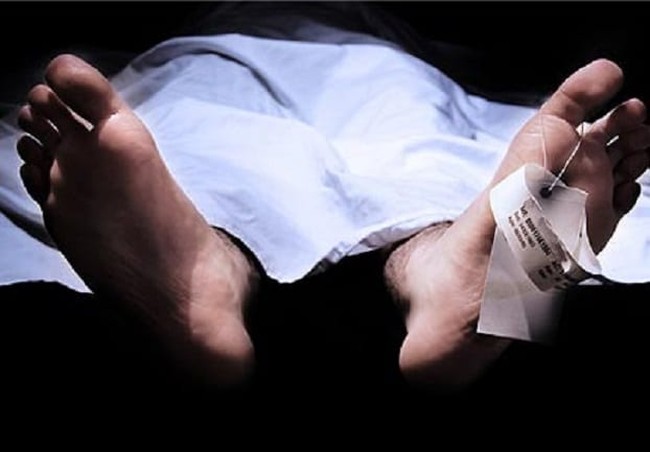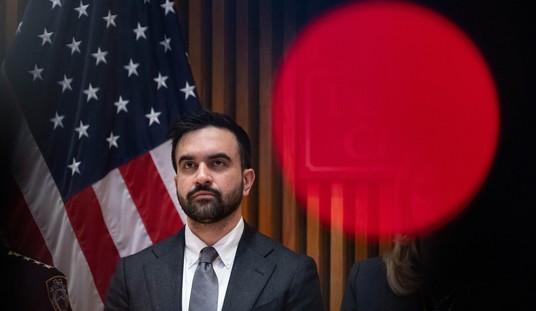This week we have seen the Inspector General of the VA deliver a devastating critique that lays direct blame for the death of some veterans on the VA’s practice of denying care to veterans for prolonged periods of time in order to make their appointment wait-times look better. A whistleblower in Texas equates the VA management with a crime family. Despite the avalanche of evidence now tumbling down the figurative mountain to grim justice at the bottom, old habits on the left die hard. Yet only two days ago a seeming moron named Suzanne Gordon wrote an op-ed in the Boston Globe defending the VA.
FIRST IT was Social Security, then Medicare and Medicaid, and then the public health care option under Obamacare. Now, in the wake of recent allegations that veterans hospitals put patients on secret wait lists, Republicans are calling for the privatization of the Veterans Health Administration, the nation’s largest public health care system which provides cost-effective and high quality care to 6.2 million veterans.
It is of course unacceptable if patients suffered as a result of any delays. But regardless of what went wrong at any VA facility, turning veterans over to private sector insurers and for-profit hospitals is not the solution.
With its salaried staff of nearly 280,000, the VA has long been a model for health care delivery. The VA’s 152 hospitals, 900 clinics, 300 mental health centers, and other facilities — many located in rural areas that the private sector ignores — care for more than 230,000 people a day. In a recent survey of veterans for the American Customer Satisfaction Index, patients rated the system’s services as equal to or better than private sector health care facilities.
Many people still have an image of veterans’ health care based on the terrible state of the system two decades ago. Under the Clinton administration, however, the V.H.A. was overhauled, and achieved a remarkable combination of rising quality and successful cost control. Multiple surveys have found the V.H.A. providing better care than most Americans receive, even as the agency has held cost increases well below those facing Medicare and private insurers. Furthermore, the V.H.A. has led the way in cost-saving innovation, especially the use of electronic medical records. Source.
Take the hospital system run by the Department of Veterans Affairs, the largest integrated health system in the United States. It is fully government run, much more “socialized medicine” than is Canadian health care with its private doctors and hospitals. And the system for veterans is by all accounts one of the best-performing and most cost-effectiveelements in the American medical establishment.
A quick search of the New York Times finds dozens of stories extolling the benefits of the VA health care system. But the New York Times is not alone. In the Washington Post, a feckless yob named Yogesh Khanal spins this story:
This multifaceted and coordinated approach to treatment — all of it at minimal or no cost for veterans at the VA — is rarely practiced in other American hospitals and clinics. If this patient had hobbled in and found me at a private clinic outside the VA system, his lack of insurance and a job would have put him in the Medicaid ranks. Specialists might have refused to accept Medicaid, and he might have had to pay out of his own pocket — or not see them at all.
Moreover, like nearly all private patients, he would have needed to coordinate these visits on his own, carry his medical chart with him and later ensure that I received the specialists’ recommendations. To see me again, he might have needed to wait weeks for an opening.
The VA system could be a model of how to change all that. Indeed, it’s a model of changing itself.
Ezra Klein:
We all know Klein is a twit. That someone with a liberal arts degree from a school know for producing… well, goofs… was ever able to convince the Washington Post that he was a “wonk” will redound to the perpetual disgrace of the Post and its readers. It a article called “When socialism works in America:“
The thing about the Veteran’s Administration’s health-care system? It’s socialized. Not single payer. Not heavily centralized. Socialized. As in, it employs the doctors and nurses. Owns the hospitals. And though I think there’s some good reason to believe its spending growth is somewhat understated — it benefits heavily from medical trainees, for instance — accounting for that difference still means a remarkable recent performance.
If you ordered America’s different health systems worst-functioning to best, it would look like this: individual insurance market, employer-based insurance market, Medicare, Veterans Health Administration.
The NYT and WaPo were not alone
MarketWatch:
“You’re much better off in the VA than in a lot of the rest of the U.S. health-care system,” she said. “You’ve got a fighting chance there’s going to be some organized, thoughtful, evidence-based response to dealing effectively with the health problem that somebody brings to them.”
The combination of its information system and support tools, routine performance reporting and financial incentives for managers who hit quality targets gives it an edge, said McGlynn, who co-authored a comparative study published in the Annals of Internal Medicine in 2004 that found the VA outperformed its community health-care counterparts by 20 percentage points in preventive care. It also performed significantly better on chronic disease care and in overall quality.
Over the course of Obama’s administration, there has been relentless shilling on the part of the major media about the alleged high quality of health care in the VA system. We now know conclusively that the evidence presented to make these claims was false. The VA has been touted as a model because its centralized nature allowed it to produce performance data that was much superior to its actual performance and because the media has generally bought into the socialized view of medicine that is congruent with that of the White House.













Join the conversation as a VIP Member